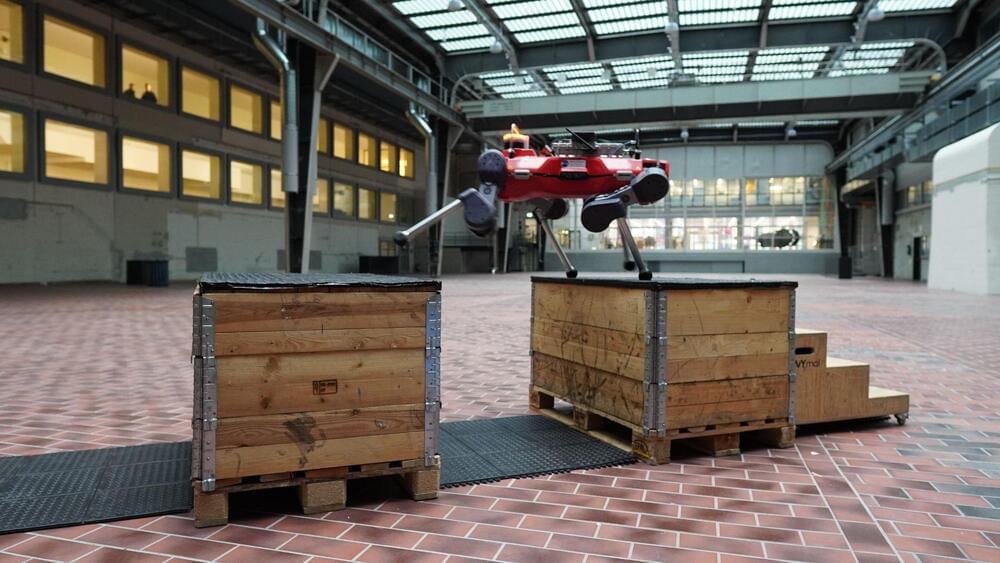Stanford researchers devised a small, soft skin-like wearable device to monitor health. They are hoping to commercialize their product soon.
Dog-like robot ANYmal’s agility is boosted by a new framework, allowing it to tackle a basic parkour course at up to 6 feet per second.
DeepMind’s SIMA is groundbreaking because it doesn’t tap into a game’s internal structure or rule set. Instead, its knowledge base derives from extensive analysis of human gameplay footage paired with the explanations provided by data labelers.
What differentiates SIMA is its ‘generalist’ design. Google partnered with eight game developers to give SIMA access to a wide range of titles, ensuring the AI learns to grasp the core concepts of play within different virtual worlds. This exposure allows SIMA to follow instructions provided as simple text and interact with its environment as a human player might.
This marks a significant turning point for Bugatti as they embrace electrification, a move usually seen in production cars today.
Researchers at the US Southwest Research Institute (SwRI) have developed camera-based autonomous driving tools that can work without deploying technologies like LIDAR and RADAR.
The technology can potentially deliver stealth capabilities for the military while finding applications in space and agriculture.
Modern autonomous driving solutions rely extensively on light detection and ranging (LIDAR) sensors to visualize objects around the vehicle. A software solution then identifies the objects nearby and helps the vehicle’s computer decide whether to halt or slow down.
With their lightweight, flexible design, printed solar cells can be deployed in previously unimaginable ways.
China is trusting AI system for high-speed railway operations capable of accurately predicting faults and issuing warnings ahead of problems.
Artificial intelligence has delivered a major win for pathologists and researchers in the fight for improved cancer treatments and diagnoses.
“Devin,” the world’s first-ever AI software developer, is set to rock the software developer industry forever:
Meet ‘Devin,’ the world’s first-ever AI software engineer which is set to change the industry forever. Are you excited or scared yet?
A study led by Daniel Spratt, M.D., Vincent K. Smith Chair in Radiation Oncology at University Hospitals Seidman Cancer Center demonstrates the safety and efficacy of a novel oral hormone therapy, relugolix, in conjunction with radiation therapy for treating men with localized and advanced prostate cancer. This work is published in JAMA Oncology.









